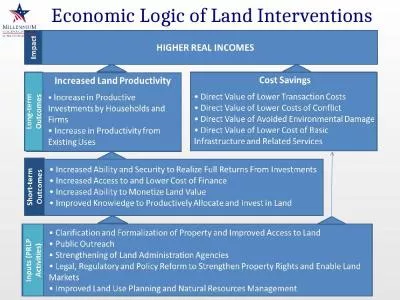PDF-LAND AND PROPERTY A
Author : angelina | Published Date : 2021-01-11
Page 1 SSESSMI HOUSING LAND AND PRO PERTY ASSESSMENT IOM 2019 GELANA WOREDA OROM IA REGION Page 2 Contents 1 Introduction
Presentation Embed Code
Download Presentation
Download Presentation The PPT/PDF document "LAND AND PROPERTY A" is the property of its rightful owner. Permission is granted to download and print the materials on this website for personal, non-commercial use only, and to display it on your personal computer provided you do not modify the materials and that you retain all copyright notices contained in the materials. By downloading content from our website, you accept the terms of this agreement.
LAND AND PROPERTY A: Transcript
Download Rules Of Document
"LAND AND PROPERTY A"The content belongs to its owner. You may download and print it for personal use, without modification, and keep all copyright notices. By downloading, you agree to these terms.
Related Documents

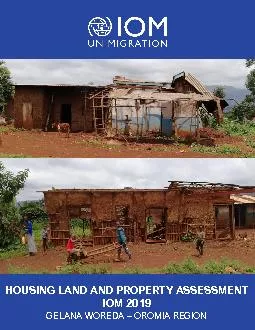
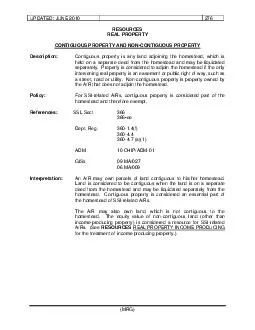

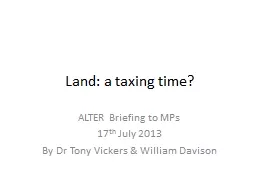

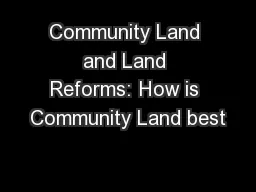

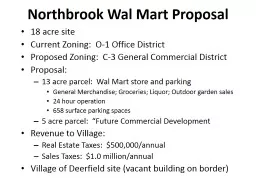

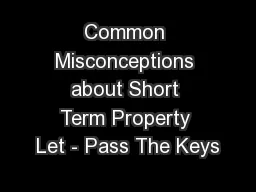
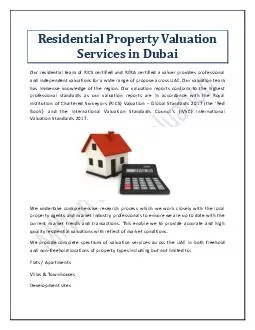
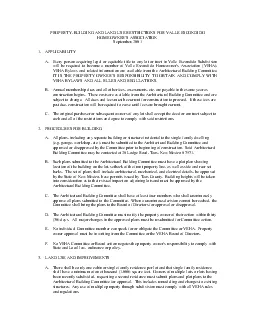
![[PDF] DOWNLOAD Cases and Materials on California Community Property Law: Marriage, Property,](https://thumbs.docslides.com/1019719/pdf-download-cases-and-materials-on-california-community-property-law-marriage-property.jpg)
